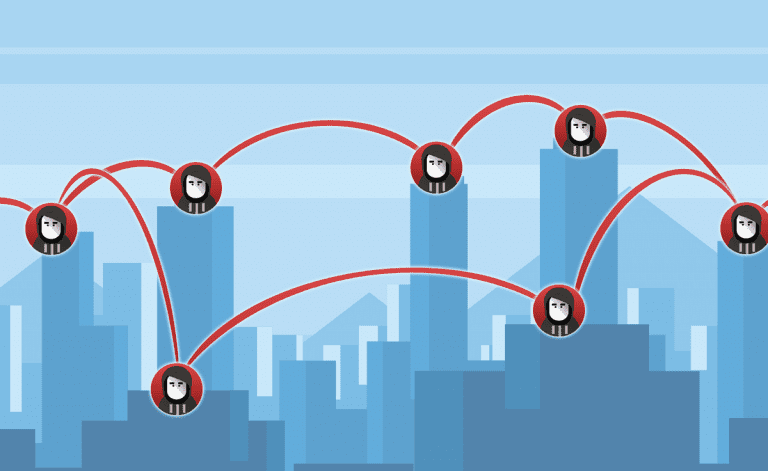Cybercriminals are constantly finding new ways to exploit technology for their various illegal activities.
One of their latest tactics is using AI-powered chatbots for phishing and malware attacks.
Today, we’ll delve into the details of this new attack trend and offer some mitigation techniques.
The Concept of Phishing & Malware
Let’s quickly understand the concept of phishing and malware attacks.
Phishing is a social engineering technique where attackers trick users into revealing sensitive information, such as passwords or financial details, through deceptive messages.
On the other hand, malware attacks involve spreading malicious software to gain unauthorized access, steal data, or disrupt systems.
Cybercriminals are not just leveraging artificial intelligence chatbots to make their attacks more sophisticated and convincing.
These AI chatbots can engage in seemingly legitimate conversations with potential victims, making it increasingly challenging to detect their malicious intentions.
AI Chatbots in Phishing
The use of AI chatbots in phishing attacks has elevated the level of sophistication.
These bots can analyze vast amounts of data to personalize their approach, making the messaging appear highly convincing and tailored to the victim’s interests or online behavior.
This targeted approach increases the likelihood of victims falling for the scam.
AI Chatbots in Malware Attacks
To add insult to injury, AI chatbots are also playing a significant role in spreading malware.
These bots can entice users into clicking on malicious links or downloading infected files by mimicking human-like conversational patterns.
They can respond to questions, build rapport, and adapt their tactics based on the victims reactions, making them more successful in delivering malware payloads.
Techniques Used by AI Chatbots
There are some common techniques used by these AI chatbots to achieve malicious goals.
One of them is ‘Contextual Awareness,’ where the chatbot gathers information from previous conversations to maintain continuity and establish trust with the victim.
Another technique is ‘Emotional Manipulation,’ where the chatbot actually uses empathy and emotions to disarm the user’s suspicions and build a connection.
Impersonation of Trusted Entities
One alarming trend being discussed in the tech world is the impersonation of trusted entities.
These AI chatbots can convincingly mimic customer support agents, colleagues, or even friends, creating a sense of familiarity and legitimacy.
As a result, victims are more likely to comply with the chatbot’s requests, which can lead to devastating consequences.
Detection Challenges
Detecting AI chatbot-based attacks poses a significant challenge for security systems.
These chatbots can bypass traditional security measures that rely on known patterns or signatures, as they continually adapt and evolve their strategies.
This puts the responsibility on individuals and organizations to remain vigilant and employ proactive security practices.
Mitigation Strategies
Although AI chatbot attacks are sophisticated, there are several mitigation strategies we can implement to protect ourselves.
Firstly, be cautious while interacting with unknown entities online.
Verify the identity of the person or entity before sharing sensitive information or clicking on links.
Secondly, consider using security solutions that employ behavioral analysis and anomaly detection.
These tools can help identify suspicious conversational patterns and flag potential threats.
Lastly, education and awareness play an important role in combating these attacks.
Stay informed about the latest phishing and malware trends, and educate others in your circle about the risks and preventative measures.
Cybercriminals’ adoption of AI-powered chatbots for phishing and malware attacks is a troubling development in the world of cybersecurity.
These sophisticated chatbots pose significant risks to individuals and organizations alike.
However, by staying informed, employing security measures, and practicing caution, we can better protect ourselves and mitigate the impact of these evolving threats.
Check out our last video! ➡️ Integrating Microsoft 365 with Your Business
If you’re looking to protect your business from cyberattacks, feel free to set up a call with one of our expert technicians via the Calendly link below. We’d be happy to discuss solutions with you.
Click here to schedule a free 15-minute meeting with Stan Kats, our Founder and Chief Technologist.
STG IT Consulting Group proudly provides IT Services for Small to Medium Businesses in Greater Los Angeles. We’d love to see if we can help you too!




